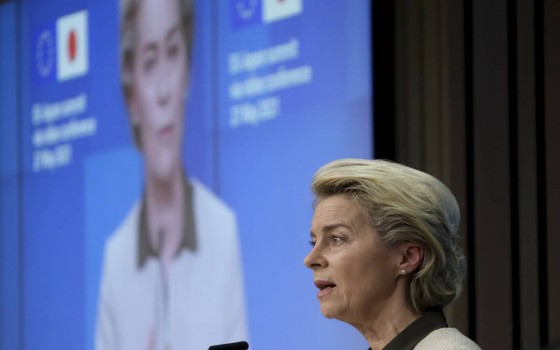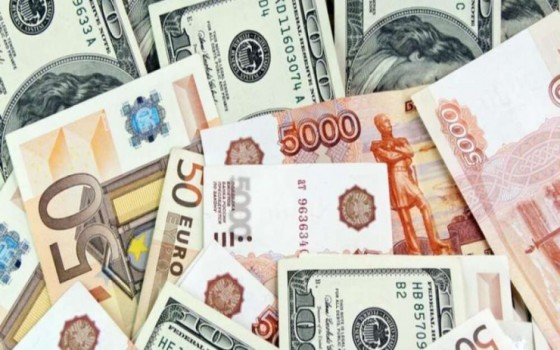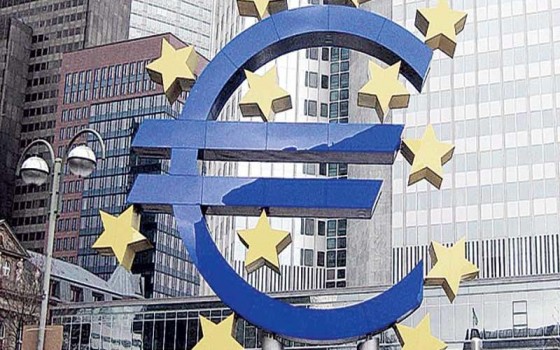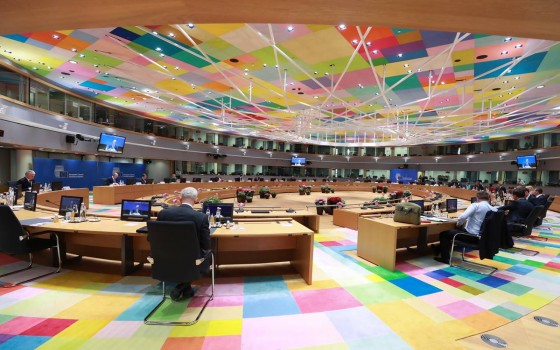
UN report: Wage inequality has declined in two-thirds of the world's countries since the beginning of the twenty-first century

- Europe and Arabs
- Friday , 29 November 2024 9:22 AM GMT
New York: Europe and the Arabs
A new report issued by the International Labor Organization revealed that wage inequality has declined in about two-thirds of all countries since 2000. However, it stated that despite this positive trend, there are still large wage disparities around the world. This came in the United Nations daily news bulletin, a copy of which we received this morning, Friday.
The report, issued yesterday, Thursday, and entitled "Global Wage Report 2024-25: Is Wage Inequality Decreasing Worldwide?", showed that since the early 2000s, wage inequality, which compares the wages of high- and low-wage earners in many countries, has declined on average by between 0.5 and 1.7 percent annually.
The most significant declines occurred in low-income countries, where the average annual decline ranged between 3.2 and 9.6 percent over the past two decades.
The report showed that wage inequality is declining at a slower pace in wealthier countries, shrinking annually by between 0.3 and 1.3 percent in upper-middle-income countries, and by between 0.3 and 0.7 percent in high-income countries.
It added that while wage inequality has narrowed overall, the decline has been most significant among wage earners at the top end of the wage scale.
Growth faster than inflation
The report found that global wages have been growing faster than inflation recently. In 2023, global real wages are expected to grow by 1.8 percent, with growth forecast at 2.7 percent for 2024, the highest increase in more than 15 years. These positive results represent a remarkable recovery when compared to the negative global wage growth of -0.9 per cent observed in 2022.
In 2024 – excluding African and Arab countries, where average real wages remained stable – wages are expected to grow in all regions in 2024, from 17.9 per cent in Central and Western Asia to 0.3 per cent in North America.
“The return to positive real wage growth is a welcome development,” said Gilbert Houngbo, ILO Director-General.
“However, we must not forget that millions of workers and their families continue to suffer from the cost-of-living crisis that has eroded their living standards, and that wage gaps between and within countries remain unacceptably high.”
Persistent inequality
The new report reveals that despite recent progress, high levels of wage inequality remain a pressing problem.
Globally, the lowest-paid 10 percent of workers earn just 0.5 percent of the global wage bill, while the highest-paid 10 percent earn nearly 38 percent of the global wage bill. Wage inequality is highest in low-income countries, where nearly 22 percent of wage earners are classified as low-paid. Women and wage workers in the informal economy are more likely to be among the lowest-paid workers, the report said, reinforcing the need for targeted action to close wage and employment gaps and ensure fair wages for all wage earners.












No Comments Found